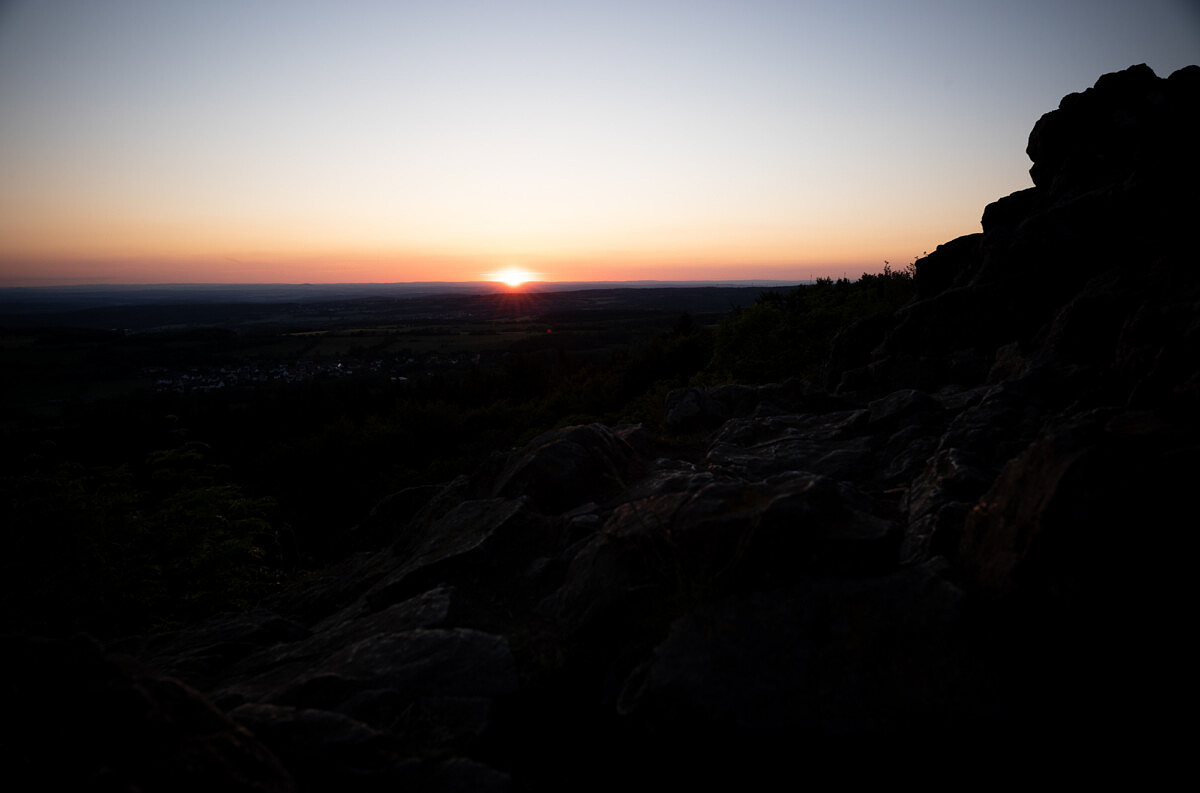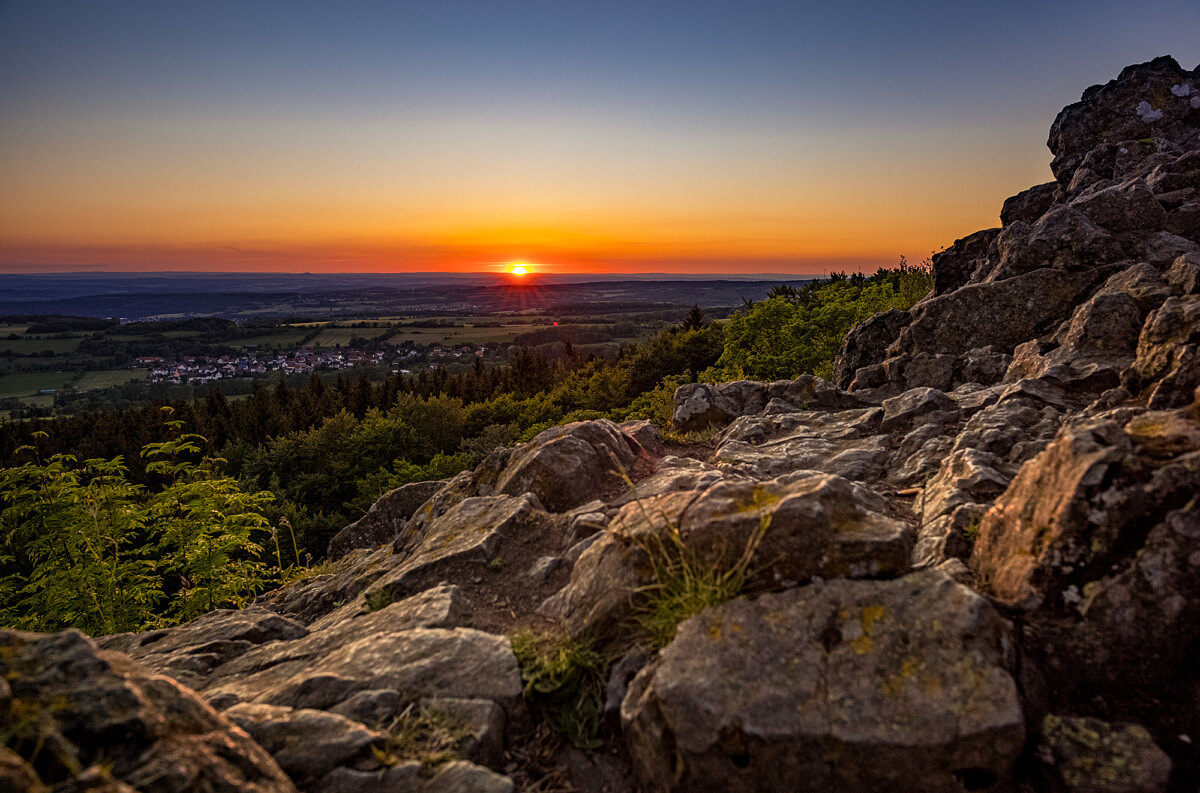
By Heinz Richter
A few years ago camera manufacturers created the impression that a higher resolution (more pixels) sensors would automatically result in better photographs. That, however, ignored other important aspects of a high quality digital file, like noise, ISO range, dynamic range, exposure latitude, color accuracy and more.
It became obvious that a higher pixel count would inevitably need to be paid for with a whole lot of shortcomings and the pixel race definitely slowed down. Most manufacturers settled on a full frame resolution of about 25 megapixels.
But a few camera manufacturers have introduced cameras with a higher pixel count, the latest example being the Leica M11 with its 60 megapixel sensor. Obviously it cannot be argued that a higher resolution sensor will result in sharper images, as long as there are no other, image degrading side effects and as long as the lens on the camera is capable of dealing with that high a resolution. With other words, if a lens is only sharp enough to adequately deal with 25 megapixels, then all else is a waste.
But what is possibly gained by a higher resolution sensor? The main advantage lies in the fact that it allows for bigger enlargements or more severe cropping, both without loss of detail in the resulting image. It allows to take full advantage of the capabilities of our Leica lenses.

Full frame

Cropped section of the above image
Leica M8 (10.3 megapixel), 28mm f/2.8 Elmarit
Special applications notwithstanding, how big an enlargement or how much cropping capabilities do we really need? This is a question everyone has to answer for him/herself.
So what are different camera sensors actually have to offer in this respect? Just some simple math offers some insight here.
It is generally accepted that with perfect vision, the human eye can resolve 10 lpm (lines per millimeter). However, that is under ideal conditions and a figure of 7 lpm is the generally accepted more realistic figure.
The sensor in the Leica M10 has a resolution of 5952 x 3992 pixels while the Leica M10-R resolution is 7864x5200. That means, without any other resolution deteriorating factors, the M10 can render enlargements of 85 x 57 cm (33.5 x 22.5 inch) based in the more realistic resolution of 7 lpm for the human eye. With the M10-R that increases to 112 x 74 cm (44 x 29 inch) and with the M11 135 x 90 cm (53 x 35 inch). Those are impressive figures and they bring up the question of how much do we need.

Full frame

Cropped section of the above image
Leica M8, 28mm f/2.8 Elmarit

Full frame

Cropped section of the above image
Even a relatively low resolution of 5 megapixel can render quite acceptable results
Leica Digilux 2
The biggest enlargement I have hanging in my house is 28 x 22 inch. That is quite an exception. The limiting factor for me is available wall space. After all, why make an enlargement if it is not displayed? The capabilities of the Leica M10 would have been capable of making that enlargement, as a matter of fact, another aspect of this discussion must be viewing distance.
The more realistic figure of 7 lpm is based on a viewing distance of approximately 12 inches. While that is realistic for small prints, like the common 8 x10 inch enlargement, that is unrealistic for much larger prints. There we usually view a picture from a greater distance which further reduces the resolution requirements. With other words, an even bigger enlargement would look perfectly sharp, even is the resolution was less than 7 lpm.
Of course cropping requires greater care if the resulting enlargements are of a more reasonable size. These are viewed at a closer viewing distance and thus would reveal any shortcomings in resolution a lot sooner.

Full frame of raw image file

Cropped section of the above image
Leica M240, 28mm f/2.8 Elmarit
I rarely use image files straight from the camera. I have found that most images can be considerably improved by post processing. Subsequently another limiting factor might be the capabilities of our computer systems. If it becomes difficult for a computer to handle the much larger files of a higher resolution camera, and if the higher resolution is rarely, if ever fully taken advantage of, it becomes further questionable if it is worth to consider such a camera.

Full frame

Cropped section of the above image
Leica M240, 28mm f/2.8 Elmarit

Full Frame

Cropped section of the above image
Leica M240, 50mm f/2 Summicron

Full frame

Cropped section of the above image
Leica M240, 28mm f/2.8 Elmarit

Full frame

Cropped section of the above image
Leica M240, 50mm f/2 Summicron
Of course, other individuals’ mileage might vary in this respect, but for me, the 24 megapixel resolution of my camera has served me quite well and I see little reason to change. On the other hand, M10-R and the M11 have definite advantages in terms of cropping. Being that the Leica M rangefinder cameras don't offer zoom lenses, cropping to the field of view of longer lenses instead of changing to a different lens, can be done to quite an extend without sacrificing overall quality of the results. This has allowed me to substantially limit the need to change lenses while shooting. It also allows to overcome the relatively limited close up capabilities of the Leica M cameras to some degree.
But is that enough to warrant the purchase of the M10-R or M11? If it was just the higher resolution, that is not enough for my needs. However, the M10-R has proven to offer some other advantages. Due to a new, exclusive sensor architecture, per-pixel light sensitivity has been enhanced, resulting in an improvement to dynamic range and high ISO performance of around one full stop versus the M10 and M10-P. This has been further improved with the M11. It impresses even more when it comes to dynamic range. Like most Leica cameras there is massive amounts of shadow detail, especially at lower ISO settings. But unlike those other cameras, the M11 can extract details from some extremely bright highlights.

Original shot, underexposed to retain highlight detail in the bright sky.
Photograph by David Farkas, Leica Store Miami

Same file as the first, after processing in Adobe Lightroom. The highlights have been pulled down to enhance
cloud detail while the dark foreground has been lightened to open up all the shadow information.
Photograph by David Farkas, Leica Store Miami
The Leica M10-R and the M11 have undergone considerable testing and their advantages are well documented. If those are sufficient to warrant switching to the M10-R or m11 is a decision that everyone has to make him or herself. I still occasionally use my Leica Digilux 2 which, even with its 5 megapixel sensor, is still capable to render quite acceptable results. Of course my Leica M240 is lightyears ahead and I can well wait what the Leica future beyond the Leica M11 will look like.
For other articles on this blog please click on Blog Archive in the column to the right
To comment or to read comments please scroll past the ads below.
All ads present items of interest to Leica owners.
_______________________________________________________________________
All ads present items of interest to Leica owners.
_______________________________________________________________________
Buy vintage Leica cameras from America's premier Leica specialist
Buy vintage Leica cameras from
America's premier Leica specialist
Click on image to enlarge
Click on image to enlarge
Click on image to enlarge
Click on image to enlarge
Click on image to enlarge
Click on image to enlarge















Another enlightening column thank you
ReplyDelete